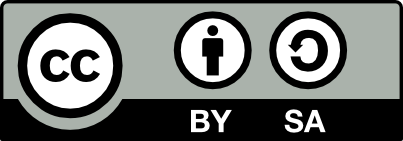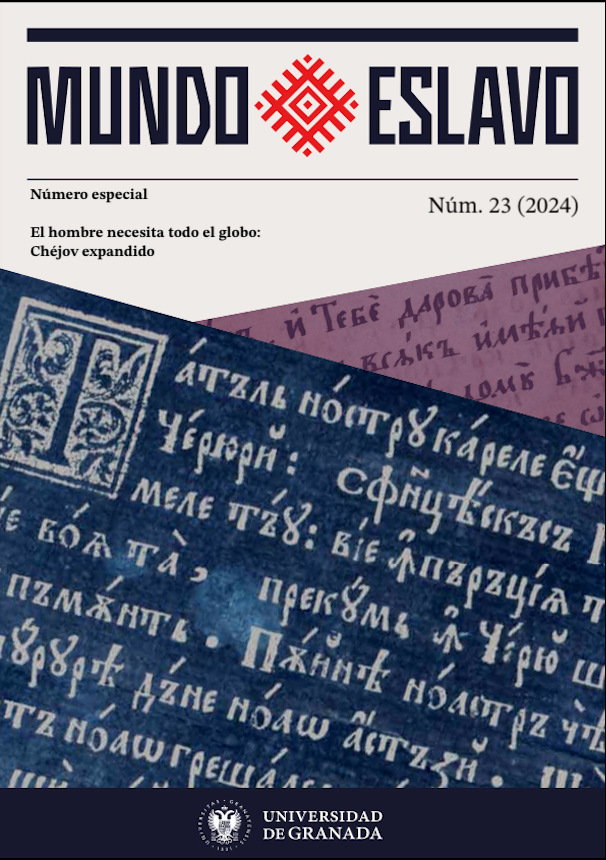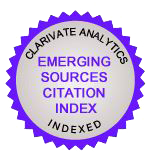Afterlives of Chekhov’s Short Stories: A Web of Miracles
DOI:
https://doi.org/10.30827/meslav.23.31452Keywords:
Chekhov, Oates, Munro, Cheever, Carter, WeltyAbstract
The article focuses on certain ways in which Chekhov’s short stories have influenced the works of later creative individuals. There is a brief mention of features of Pablo Neruda’s poetry, in his The Book of Questions, that are reminiscent of features od Chekhov’s short stories. The article also mentions Dmitri Shostakovich’s “Thirteenth String Quartet,” which, to the composer, reminded him of Chekhov’s story, “The Black Monk.” Bob Dylan based an album of his on Chekhov’s short stories. The bulk of the article concentrates on the affinities with Chekhov of a selection of short stories by the North American writers Joyce Carol Oates, Alice Munro, Raymond Carver, John Cheever, and Eudora Welty. Joyc Carol Oates’ “The Lady with the Pet Dog” shifts the perspective from Gurov’s viewpoint, in “The Lady with the Little Dog,” to that of Anna. Alice Munro, in “Walker Brothers Cowboy,” displays features that are similar to those in Chekhov’s “Beauties.” Raymond Carver’s “What We Talk About When We Talk About Love” has connections to Chekhov’s “About Love,” Eudora Welty, in “A Worn Path,” like Chekhov, endows her characters with dignity, despite their flaws. Like Chekhov, Welty does not judge her characters. The article suggests that Welty’s “The Winds” is indebted to Chekhov’s “The House with the Mezzanine.” John Cheever’s stories, like Chekhov’s, show irresolution. An admirer of Chekhov’s drama and of his prose, Cheever, in his story, “The Day the Pig Fell into the Well,” reflects themes of “The Cherry Orchard” as well as of Chekhov’s stories.
Downloads
References
Bartlett, R. (2000). Shostakovich and Chekhov. In R. Bartlett (Ed.), Shostakovich in Context (pp. 199-218). Oxford University Press.
Bellamy, J. D. (1972). The dark lady of American letters. An interview with Joyce Carol Oates. Atlantic Monthly, February, pp. 63-67.
Belluck, P. (2013, October 3). For better social skills, scientists recommend a little Chekhov. New York Times. https://archive.nytimes.com/well.blogs.nytimes.com/2013/10/03/i-know-how-youre-feeling-i-read-chekhov/
Carver, R. (1987). Errand. New Yorker, June 1, pp. 30-36.
Carver, R. (1992a). On errand. In W. L. Stull (Ed.), No heroics please. Uncollected writings of Raymond Carver (p. 145). Vintage Contemporaries.
Carver, R. (1992b). On errand. In W. L. Stull (Ed.), No heroics please. Uncollected writings of Raymond Carver (p. 146). Vintage Contemporaries.
Carver, R. (2009). What we talk about when we talk about love. In W. L. Stull and M. P. Carroll (Eds.). R.
Carver. Collected Stories (pp. 310-322). The Library of America.
Champion, L. (1997). What we talk about when we talk “about love”: Carver and Chekhov.Journal of the Short Story in English, Spring, 28, pp. 24-36.
Cheever, J. (2009a). A vision of the world. In Bailey, B. (Ed.), J. Cheever.Collected stories and other writings (pp. 615-621). The Library of America.
Cheever, J. (2009b). The day the pig fell into the well. In Bailey, B. (Ed.), J. Cheever.Collected stories and other writings (pp. 264-284). The Library of America.
Cheever, J. (2009c). The melancholy of distance. In Bailey, B. (Ed.), J. Cheever.Collected stories and other writings (pp. 984-992). The Library of America.
Chekhov, A.P. (1986). A lady’s story. In A. P. Chekhov, Theschoolmistress and other stories(pp. 87-95) (trans. C. Garnett). The Ecco Press.
Chekhov, A.P. (2014a). About love, Trans. C. Garnett. In A.P. Chekhov, Theschoolmistress and other stories (pp. 371-378) (trans. C. Garnett). The Ecco Press.
Chekhov, A.P. (2014b). The house with the mezzanine. In C. Popkin (Ed.). A.P. Chekhov. Selected stories (pp. 327-342) (trans. R. Meyer). Norton Critical Edition.
Chekhov, A.P. (2014c). The lady with the little dog. In C. Popkin (Ed.). A.P. Chekhov.Selected stories (pp. 414-427) (trans. R. Pevear and L. Volokhonsky). Norton Critical Edition.
Chekhov, A.P. (2014d). The student. In C. Popkin (Ed.). A.P. Chekhov. Selected stories (pp. 290-293) (trans. M. H. Heim.). Norton Critical Edition.
Chudakov, A. P. (1971). Poetika Chekhova. Nauka.Dylan, Bob. (2004). Chronicles. Volume one. Simon & Schuster.
Munro, A. (2017). 90 things to know about master short story writer Alice Munro. https://www.cbc.ca/books/90-things-to-know-about-master-short-story-writer-
Munro, A. (1997). Walker brothers cowboy. In A. Munro, A wilderness station. Selected stories 1968-1994 (pp.3-18). Vintage International.
Neruda, P. (2001a). Memoirs. Trans. H. St. Martin. Farrar, Straus and Giroux.
Neruda, P. (2001b). Tell me, is the rose naked. In Neruda, P. The book of questions. Trans. W. O’Daly. Copper Canyon Press.
Neruda, P. (2001c). Why do I hate cities. In Neruda, P. The book of questions. Trans. W. O’Daly. Copper Canyon Press.
Oates, J.C. (1972). The lady with the pet dog. In J. C. Oates, Marriages and infidelities (pp.392-411). Vanguard.
Welty, E. (1978). Reality in Chekhov’s stories. In E. Welty, The eye of the story. Selected essays and reviews (pp. 61-81). Vintage Books.
Welty, E. (1998a). A visit of charity. In E. Welty, Stories, essays, and memoir (pp.137-143). The Library of America.
Welty, E. (1998b). A worn path. In E. Welty, Stories, essays, and memoir (pp. 171-179). The Library of America.
Welty, E. (1998c). The winds. In E. Welty, Stories, essays, and memoir (pp. 252-267). The Library of America.
Downloads
Published
How to Cite
Issue
Section
License
Copyright (c) 2024 Mundo Eslavo

This work is licensed under a Creative Commons Attribution-NonCommercial-ShareAlike 4.0 International License.

CC BY-SA: This license allows reusers to distribute, remix, adapt, and build upon the material in any medium or format, so long as attribution is given to the creator. The license allows for commercial use. If you remix, adapt, or build upon the material, you must license the modified material under identical terms.
CC BY-SA includes the following elements:
BY ![]() – Credit must be given to the creator
– Credit must be given to the creator
SA ![]() – Adaptations must be shared under the same terms
– Adaptations must be shared under the same terms
Authors who publish with this journal agree to the following terms:
1. Authors retain copyright and grant the journal right of first publication with the work simultaneously licensed under a Creative Commons Attribution License that allows others to share the work with an acknowledgement of the work's authorship and initial publication in this journal.
2. Authors are able to enter into separate, additional contractual arrangements for the non-exclusive distribution of the journal's published version of the work (e.g., post it to an institutional repository or publish it in a book), with an acknowledgement of its initial publication in this journal.
3. Authors are permitted and encouraged to post their work online (e.g., in institutional repositories or on their website) prior to and during the submission process, as it can lead to productive exchanges, as well as earlier and greater citation of published work (See The Effect of Open Access).













